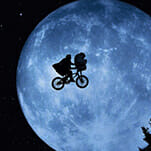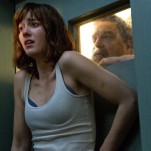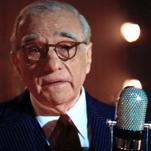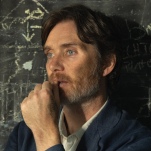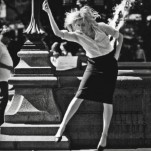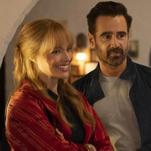The Wind Rises

If The Wind Rises is indeed the final film from Hayao Miyazaki—the animation master has both announced and rescinded his retirement—he leaves us with a moving, meaningful farewell. Based on Miyazaki’s own manga, this Oscar nominee for Animated Feature Film plays the gentle notes of a Japanese countryside against the impending horror of World War Two, Miyazaki seeing it all through the myopic eyes of a budding aeronautic engineer.
That engineer is Jiro, a young dreamer with his head in the clouds and his brain focused on the science of flight. As a school kid, he imagines conversations with the Italian engineer Giovanni Caproni (both he and Jiro are real historical figures), in which they speak poetically about the art of aviation and the allure of planes. Miyazaki pictures them standing side-by-side on the wing’s edge of Caproni’s latest invention, flying through blue skies. From the pair’s first fictional encounter, the film’s colors, tempo, and movements hint that we’re in for a glorious experience.
And it’s no surprise that Miyazaki delivers on that promise. The most famous hand-drawn holdout in a world of rapid-fire 3D computer animation, Miyazaki imbues each sequence with an indefinable human texture, from wide shots of a destructive earthquake to simple low angles of a couple kneeling at their wedding. The director’s manual work, done with his now-legendary Studio Ghibli team, produces an intangible that most digital production can’t convey: elegance. Instead of the precise lines and infinitesimal detail of computer-driven design, there’s a delicate, flowing nature that ripples through The Wind Rises.
-

-

-

-

-

-

-

-

-

-

-

-

-

-

-

-

-

-

-

-

-

-

-

-

-

-

-

-

-

-

-

-

-

-

-

-

-

-

-

-

